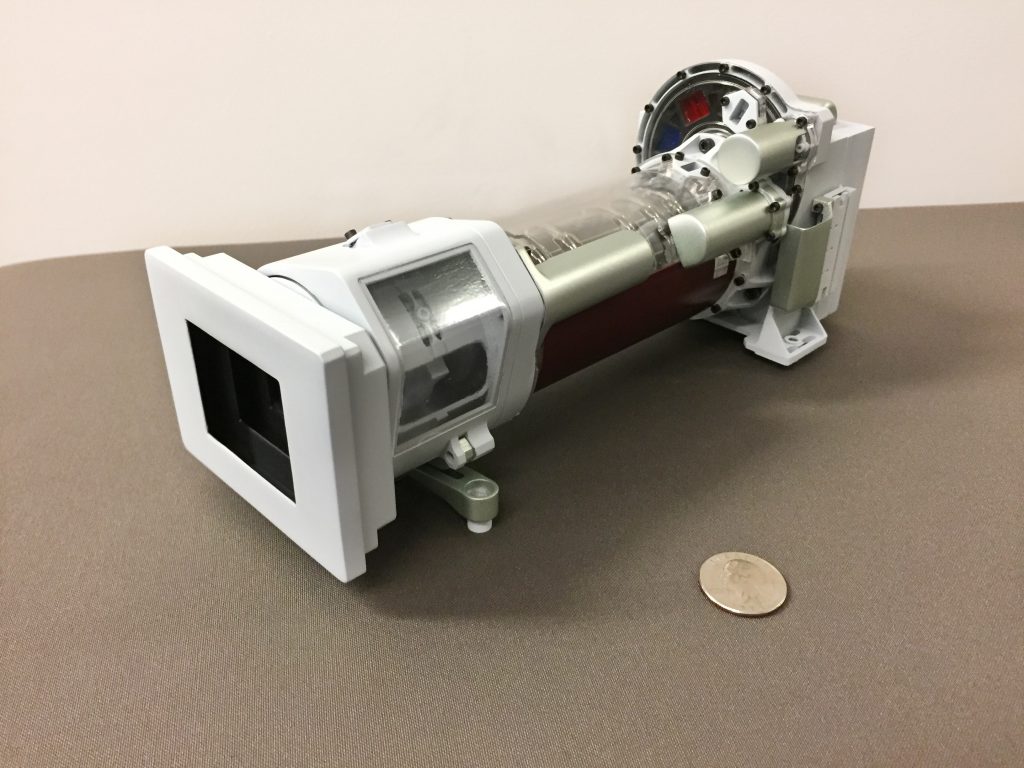
Image 2 | 3D printed model of Mastcam-Z, one of the science cameras on the Mars 2020 rover which includes a 3:1 zoom lens. (Image 1 | The NASA’s Curiosity (l.) and Mars 2020 rovers (r.). (Credit: NASA/JPL-Caltech)
Choosing the Right Camera
The four cameras on Curiosity used a different solution, the KAI-2020 (originally from Kodak, now OnSemi), an interline CCD sensor that shoots at 1600×1200 pixel. The cameras went into the Mars Hand Lens Imager (MAHLI), Mars Descent Imager (MARDI), and two MastCams. Curiosity launched in 2011. Why did it only have a 2MP sensor, smaller than a lot of mobile phones even then? Once again, the sheer logistics and complexity of a Mars mission defined what was possible. „There’s a popular belief that projects like this are going to be very advanced but there are things that mitigate against that. These designs were proposed in 2004, and you don’t get to propose one specification and then go off and develop something else. 2MP with 8GB of flash didn’t sound too bad in 2004. But it doesn’t compare well to what you get in an iPhone today,“ said Mike Ravine, project manager at Malin Space Science Systems, responsible for the cameras‘ development in a 2012 interview, „And the state of CMOS sensors wasn’t credible in 2004. They’re an interesting option now, but they weren’t then.“ By using the same sensor NASA was able to minimize the effort needed for mission qualification, and more easily optimize the sensors for their operating environment, such as accounting for the effect of radiation on individual pixels. There’s also the type of photos the rover would be taking: landscapes. With nothing on Mars moving, it was possible to take multi-shot panoramas with the help of the MastCam arm, creating extremely high-resolution results. One disappointment in the Curiosity imaging system was the cancellation of 6.5 to 100mm zoom lenses that would allow the cameras to catch additional detail, as well as cinematic 3D images. Zoom lenses would have to wait until the next rover in 2020.
Descent Cameras
When the Curiosity rover landed on Mars, it recorded the descent and landing with its MARDI camera. This camera shot full-color video of Curiosity’s journey through the atmosphere all the way down to the Martian surface. The view was extremely valuable to engineers; it helped them understand what happens during one of the riskiest parts of the mission. The footage also gave the science team and rover drivers a glimpse of the landing site to aid them in accurately identifying Curiosity’s landing spot and plan the rover’s first drives to explore Gale Crater. For the Mars 2020 rover, the engineering team is adding several cameras and a microphone to document entry, descent and landing in even greater detail. In addition to providing engineering data, NASA considers the cameras and microphone partly a public engagement payload, giving all the onlookers a good and dramatic sense of the ride down to the surface. Still, there is a lot of competition for payload and limited space. Currently, the cameras and microphone are counted as discretionary payload, which means they’re assets, but not required for the mission. Perhaps as a result, NASA has not revealed the specifications of these sensors, instead simply saying that they are ‚assembled from easily available commercial hardware‘.












